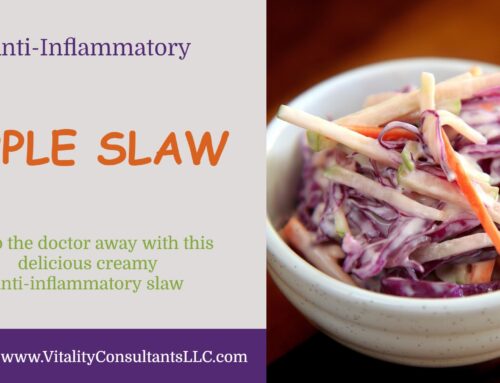Green Beans: Health Benefits & Recipes
We all know that eating fruits and vegetables of all kinds can help reduce the risk of many inflammatory health conditions. This article will give you information on green beans and their many health benefits.
Many studies have shown that including more plant foods, such as green beans, in your diet can help decrease your risk of obesity, diabetes, heart disease, and overall mortality. Eating a diet rich in fruit and vegetables also promotes a healthy complexion, increased energy, and overall lower weight.
When we start specifically talking about green beans, we find that there are more than 130 varieties! Green Beans are a rich source of folic acid, fiber, vitamins A, C, and K. Here are some green bean health benefits we find particularly interesting:
- According to Harvard Medical School, consuming more iron from plant sources such as spinach, pumpkin, and green beans appear to promote fertility for women of child-bearing age.
- A low intake of vitamin K is associated with a higher risk of bone fracture. One cup of green beans provides 20% vitamin K, and 4% of your daily need for calcium.
- Green beans are heart-healthy as they contain no cholesterol. Although your body needs some cholesterol for healthy cell growth, too much is bad for you. High cholesterol may lead to a build-up of fat deposits in your arteries, which can decrease blood flow to your heart and brain and cause a heart attack or stroke.
- Green beans are low FODMAP food and can be enjoyed by many people who have chronic digestive issues.
- Green beans contain protein, and your body needs protein to maintain healthy bones, hair, organs, and muscles. Protein is also essential to a healthy immune system. One cup of raw green beans has almost 2 grams of protein.
- Raw green beans are a good source of vitamin C, which helps boost your immune system and protects your skin. They are also a good source of vitamin A, which is vital for your immune health, reproduction, and vision. Green beans are also a good source of minerals, especially manganese, which is essential to support your metabolism, bone health and promotes wound healing.
Green beans are available fresh or frozen. Fresh beans should be crisp and bright green. Whether you blanch them, sauté them, roast them or eat them raw, green beans are a nutritious addition to your diet.
A few quick tips:
- Refrigerate fresh beans in a bag to maintain color and freshness.
- Some green beans can be eaten raw. Just snap off each end and add to a salad or dip.
- Roast the beans by spraying with olive or coconut oil spray and sprinkling with garlic and fresh cracked pepper. Roast at 425°F for 20–25 minutes, turning halfway through cooking or try these simple recipes to roast and air fry green beans for a quick side dish:

Green Bean Salad
Ingredients
- 4 cups fresh green beans cleaned and ends snapped
- 4 Tbsp rice vinegar
- 2 Tbsp olive oil
- 2 small shallots finely chopped
- 1 ¼ Tbsp grated ginger
- 1 tsp honey
- Salt and pepper to taste
- ½ cup fresh cilantro leaves chopped
Instructions
- Bring medium pot of water to a rolling boil. Add green beans and allow to boil for 5 minutes. Remove from heat and immerse green beans in cold water to stop cooking.
- Meanwhile, in a bowl, whisk together vinegar, oil, shallot, ginger, honey, salt and pepper.
- Toss with blanched green beans and cilantro leaves.
Notes
If you like nuts in your green beans, try adding some toasted almond slivers to your dish just before serving.
Want free anti-inflammatory recipes, downloadable resources and efficiency tips and tricks from a professional chef? Of course, you do! Click here for the secret sauce!
References:
Green Beans: Nutrition Facts and Health Benefits
https://www.healthline.com/health/food-nutrition/green-beans
Everything You Need to Know About Green Beans
https://www.medicalnewstoday.com/articles/285753.php







